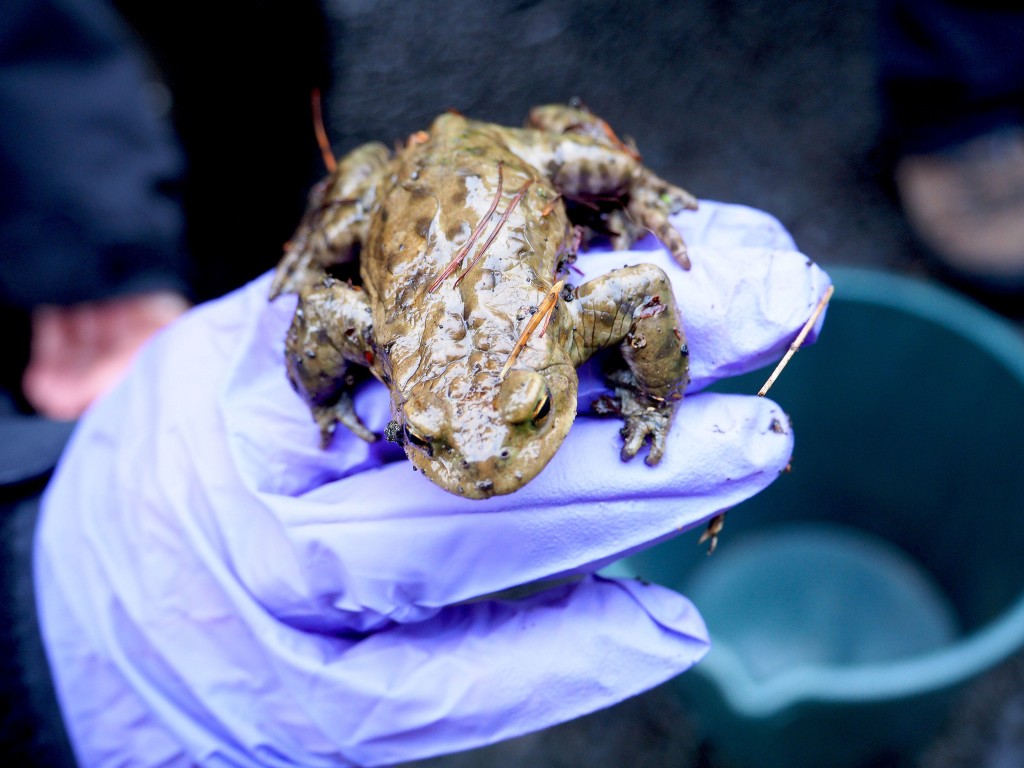Toads are a lot more interesting than you may think. For example, did you know that toads can live for up to 40 years? And that one was spotted on the bottom of Loch Ness, almost 100m deep?
Robbie, our Holyrood Park Ranger, has had his mind on toads for weeks. It’s annual toad migration in the park, when the toads awake from hibernation and make the arduous journey from their hiding places on Arthur’s Seat to the water.
Every morning, he and his colleagues head out to help the toads – and today I’m coming with them.
On the roadside, we find the toads, some on the tarmac, others half squeezed into the gaps between the stones separating their habitat and the road.
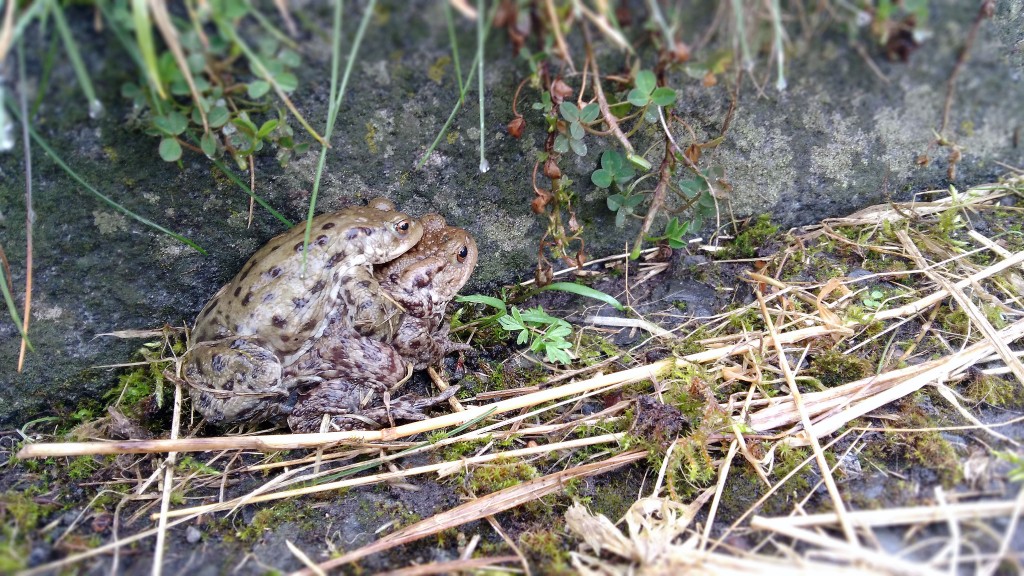
Many are in pairs, seemingly hugging. This behaviour is known as amplexus (Latin for ’embrace’), and toads can stay in this ‘hug’ for several days!
The female is on the bottom, with the male clinging to her back (sometimes you can even find several males grasping on to the larger female). Once she is starting to lay her eggs, the male fertilises them immediately.
However, these eggs need water to survive – but for the Holyrood toads, a road separates them from the nearest pond. This is where the rangers come in.
Every morning they go on toad patrol, looking for amphibians to rescue. Even though the High Road is closed to cars during the toad migration season, they still rely on help to cross the tarmac.
While the journey isn’t as bad for the males, it’s a very strenuous affair for the females who have to carry a male on their back. And the longer they need to cross the road, the longer they are exposed to the keen eyes of predators.
We have to wear gloves – not because the toads are poisonous to us, but because the warmth and natural oils we carry on our hands can be detrimental to them.
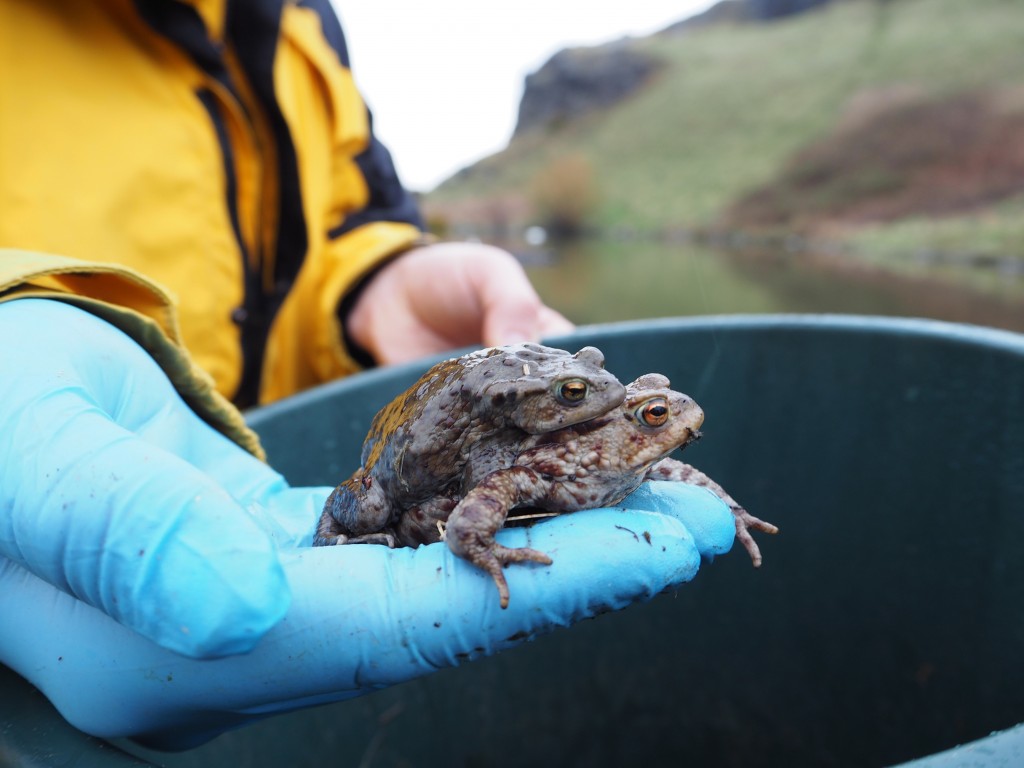
Because hibernation has just finished, most are pretty sleepy and don’t struggle when we carefully pick them up.
After about half an hour, we have 24 toads in our bucket (Robbie says that over the past week or so, they’ve rescued hundreds of toads already). Amazingly, they make quite a lot of noise.
When all the toads have been collected from the road we make a record of the number of males, females and amplexus couples.
The last and most satisfying part of our job is to release the toads into Dunsapie Loch. As soon as they touch the water, they lose their original sluggishness and swim away in a flash.
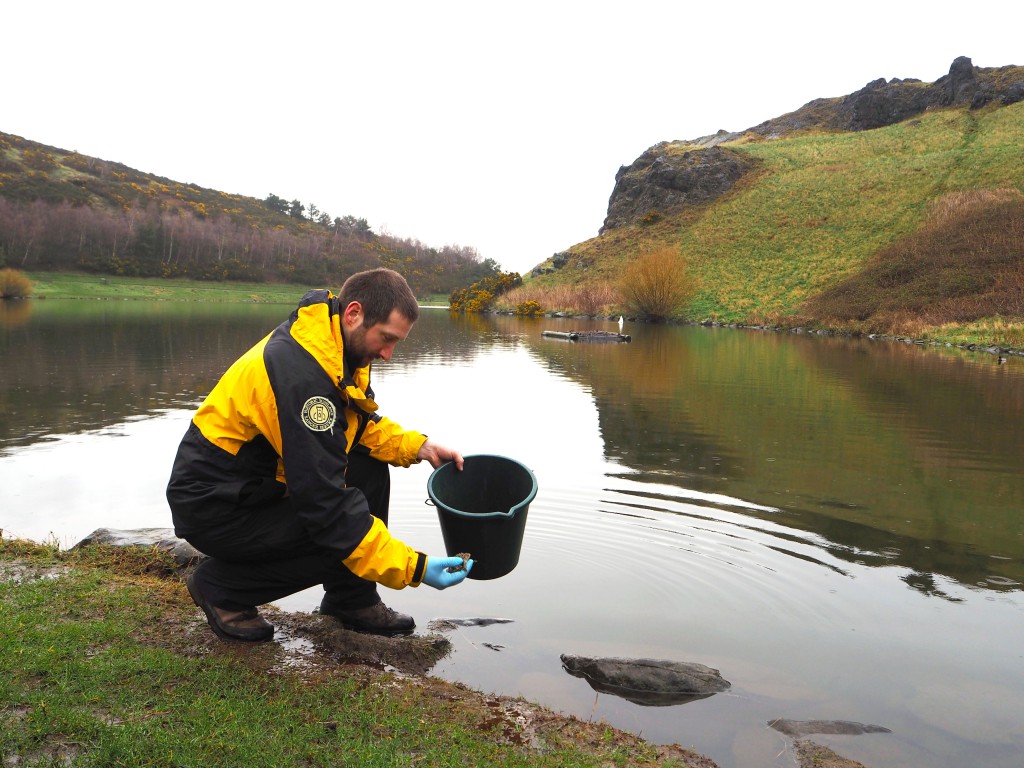
Even now, the males keep clinging to the females – and they will continue to do so until she lays her eggs.
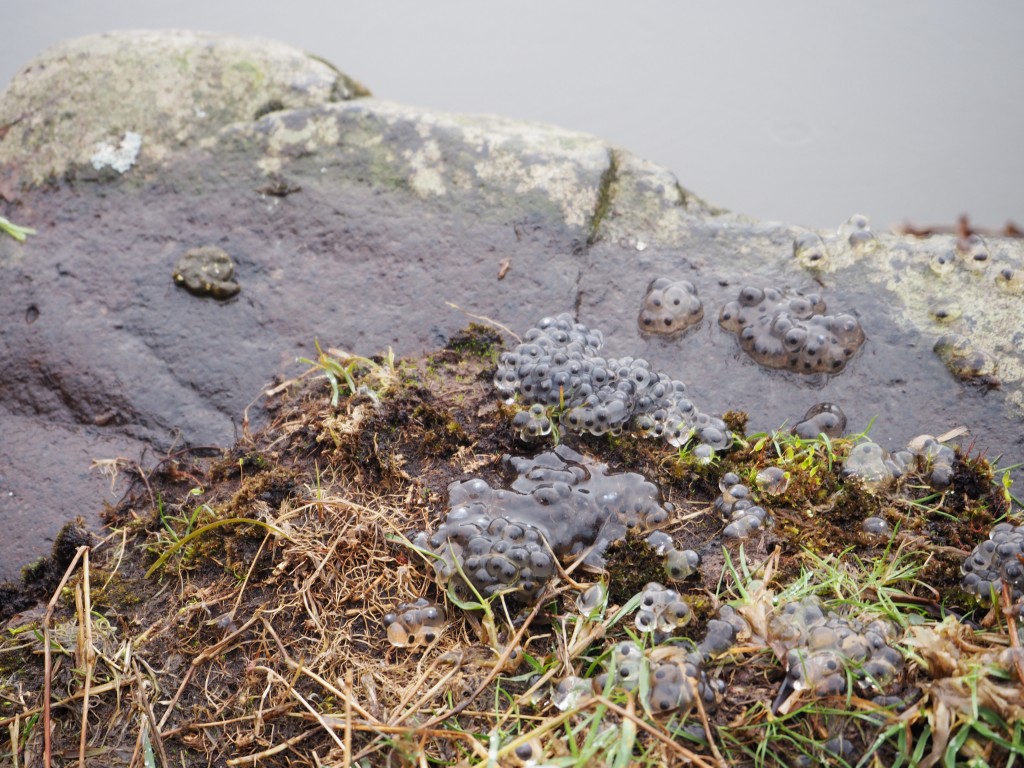
Once the eggs are fertilised, it only takes a few weeks for the tadpoles to hatch. And next year, they may be the ones needing help from our fantastic ranger service.
Have you been to Holyrood Park? Share your pictures with us on Twitter, Instagram or Facebook!

